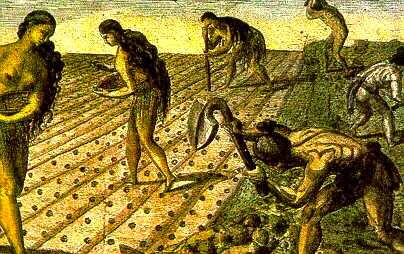Today in our Social Sciences lesson, Paqui have revised our homework from last class, that was copy from a Power Point Presentation the main features from Baroque Art (where does it come from, differences with Renaissance Art, etc). After this, she has explained the new scheme we had to do in our notebooks taking the information from our books. It has to contents these things:
-Baroque Architecture: Main Features and Main Artists and works.
-Baroque Sculpture: Main Features and Main Artists and works.
-Baroque Painting: Main Features and Main Artists and works.
We have spent twenty minutes of the class doing our scheme with information from our books. We have completed our schemes with information such us:
-In Baroque, in Architecture and Sculpture, the movement is a very important characteristic.
-The most importants architectures were: Bernini and Borromimi.
-The most importants sculptures were: Bernini and Nicola Salvi (he made the "Fontana di Trevi").
-In painting, there is a predominance of color over drawing, just in opposite as it was in Renaissance Art.
-The most important painters were from Italy, Flanders, and from the Low Countries: Michelangelo from Italy, Peter Paul Rubers from Flanders, and Van Rijin and Johannes Vemeer from the Low Countries. They made a lot of paintings.
After finishing our scheme, Paqui did a little explanation about a new project we have to do: a project about Baroque Art. In opossite as the previous project of Renaissance Art, this project will be done individualy and the deadline is on 20th of November.
In this project we have to analyse one work from Baroque, it could be from Architecture, Sculpture or from Painting. Paqui has assigned me the sculpture "Blessed Ludovica Albertoni" from Bernini. I hope i will like to do this project and we will learn a lot about Baroque Art.
Source: http://roma.andreapollett.com/S5/rione13b.htm
We're getting the exam next week, so we have to study a lot in this long weekend.
Bye!!



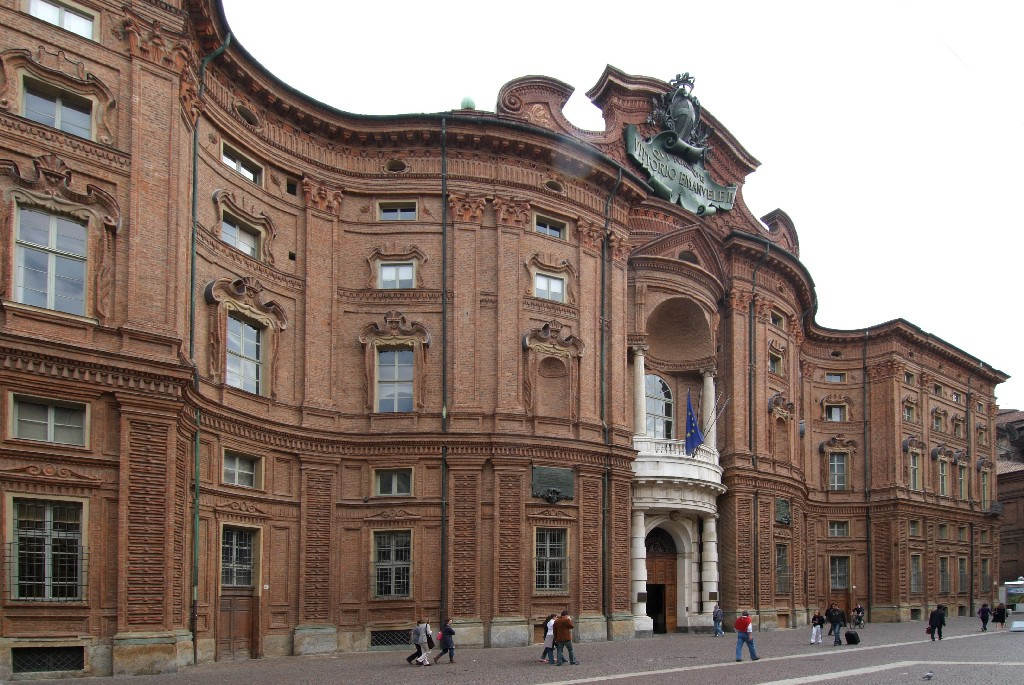
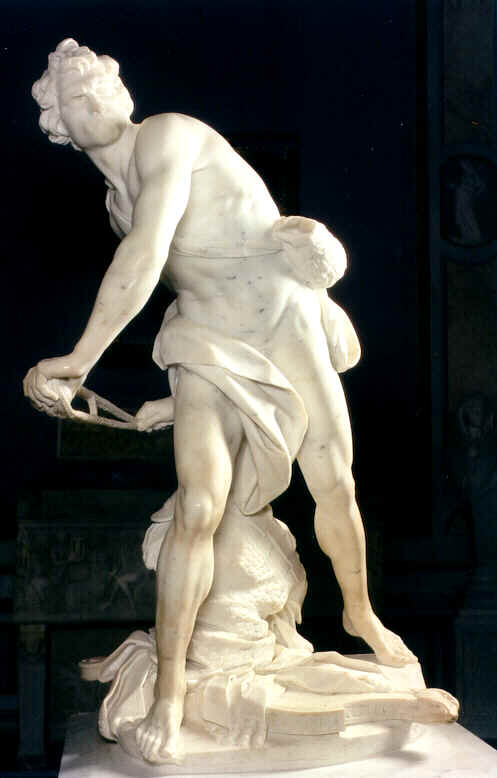







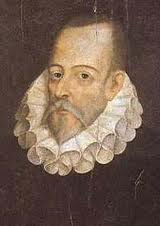

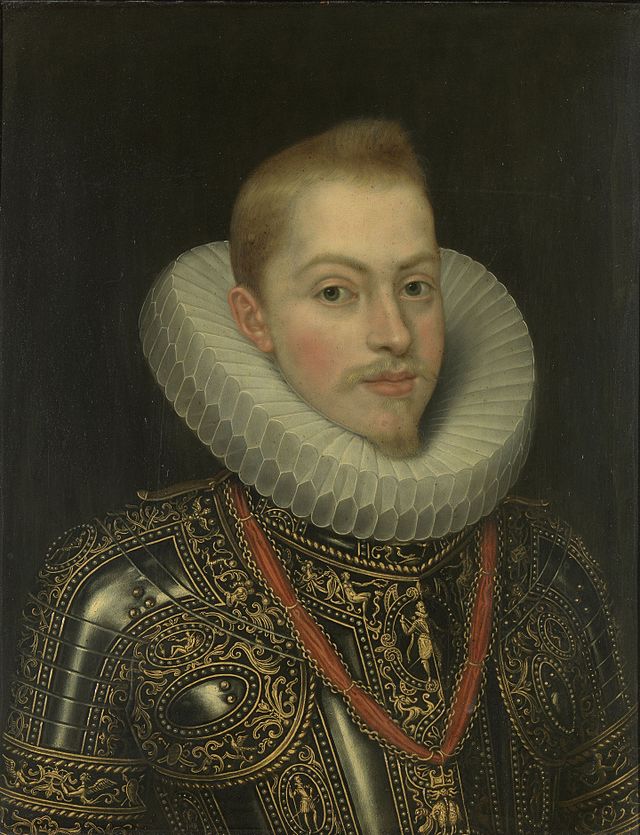




.jpg)

.jpg)












